
More than 70% of the energy we require is produced out of bio fossil fuels which cause severe damage to our planet by contributing to global warming. The search for clean energy resources is underway but still only accounts for less than 20% of the total energy market.
In addition, the exponential demand for electronic devices, with better performance and expanded functionality, requires more power to operate. The integration into these devices of an energy harvesting/storage system based on solar energy is a big step towards developing sustainable self-powering electronics.
However, the photovoltaic (PV) solar energy technologies currently have low efficiency and relatively high cost. GreEnergy aims to solve this issue by prototyping a self-powering system based on optical nano-antennas which can harvest solar energy with very high efficiency, rectify the AC signal and use it to charge a micro-supercapacitor.
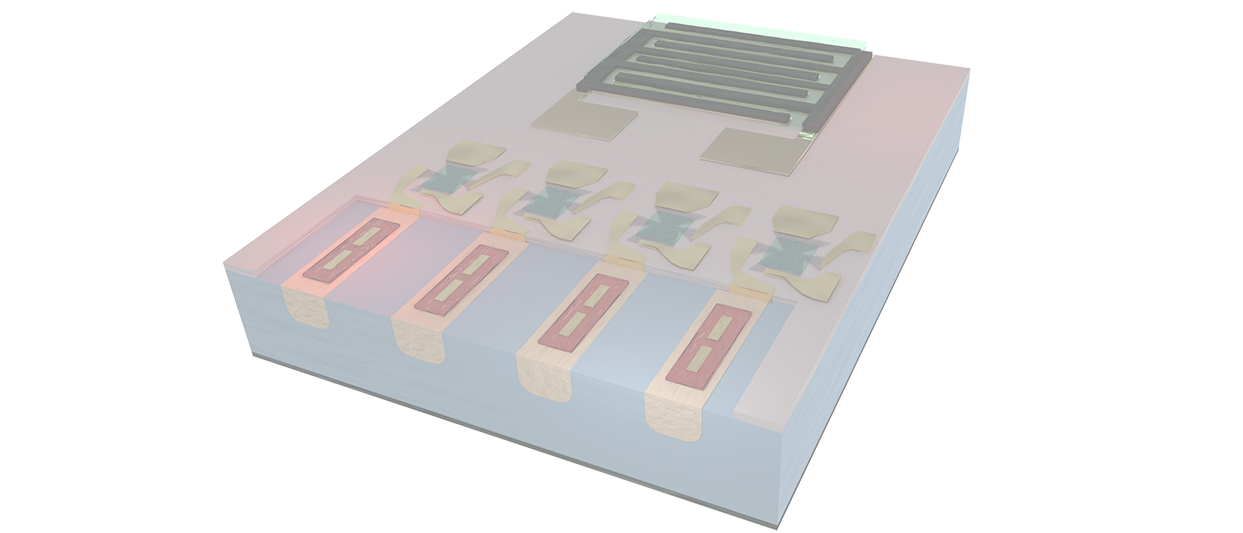
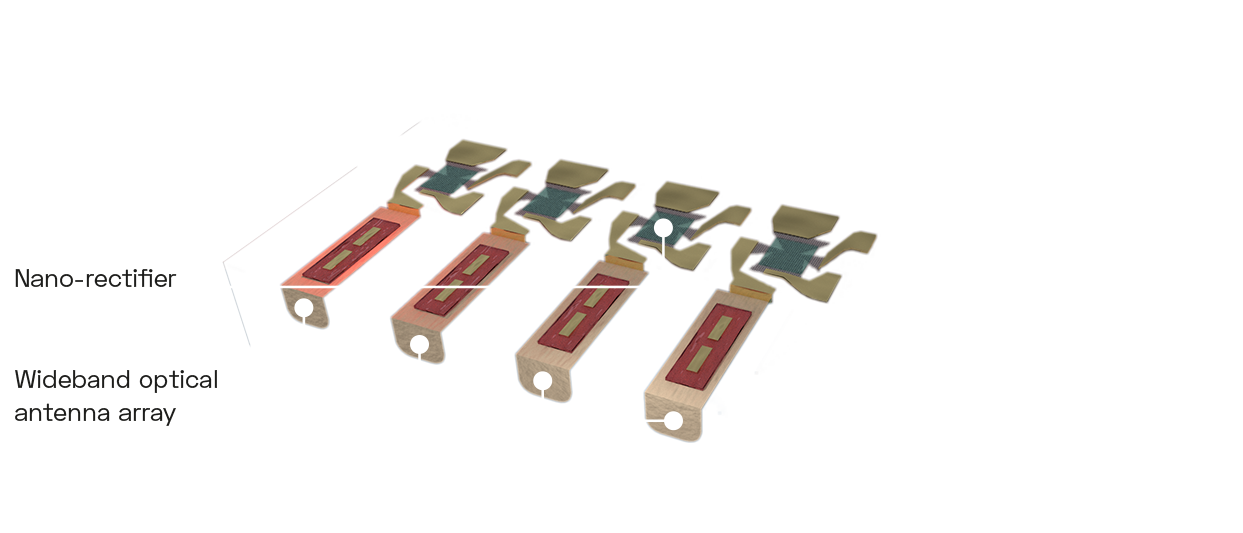
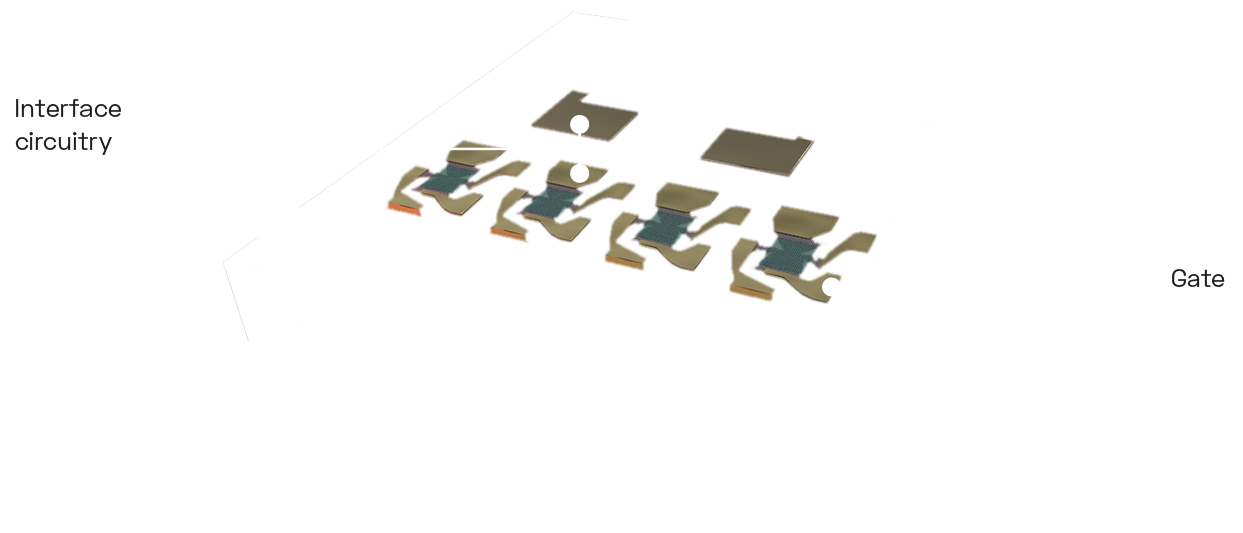
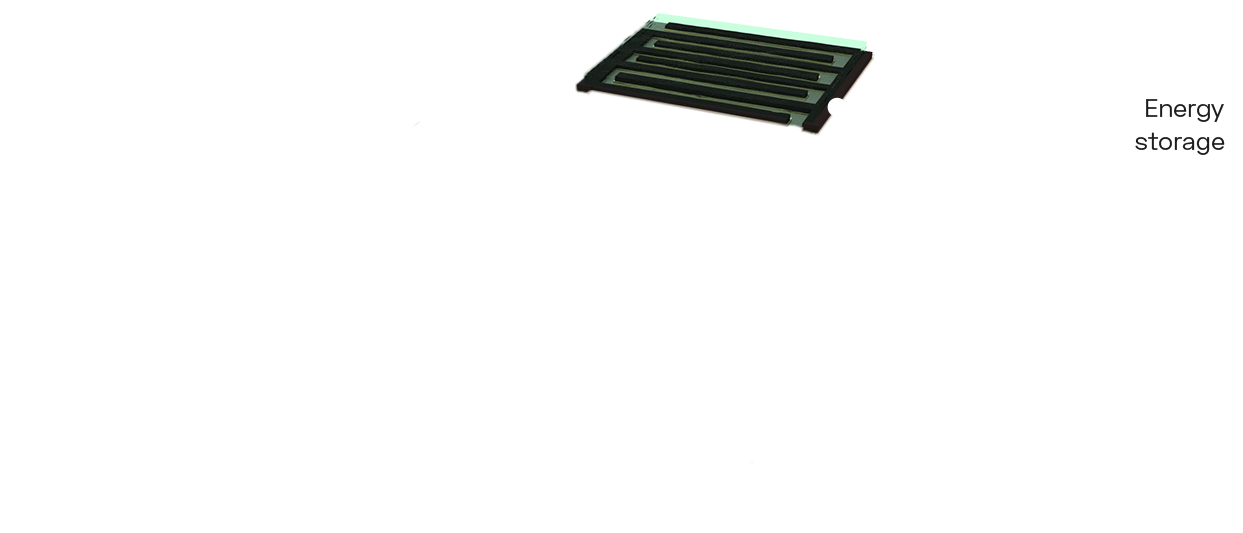
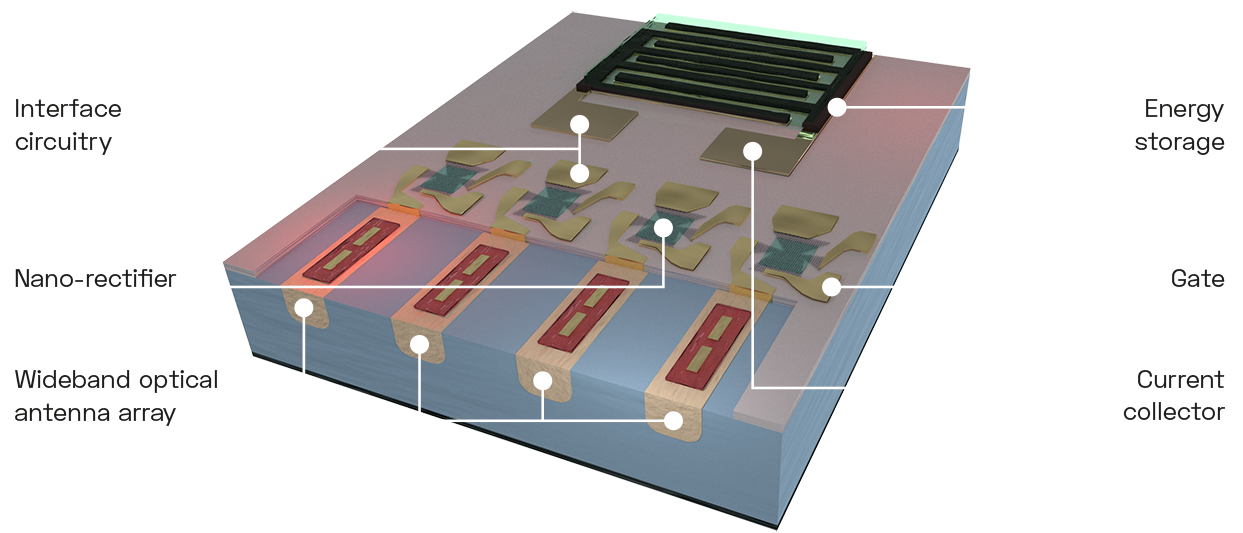
Successful completion of the development will lead to a full-scale development stage maturing of the system for commercialisation via solar cell companies, institutes and consumer markets.
Future applications might also include biosensing and biomedical nano-communication.